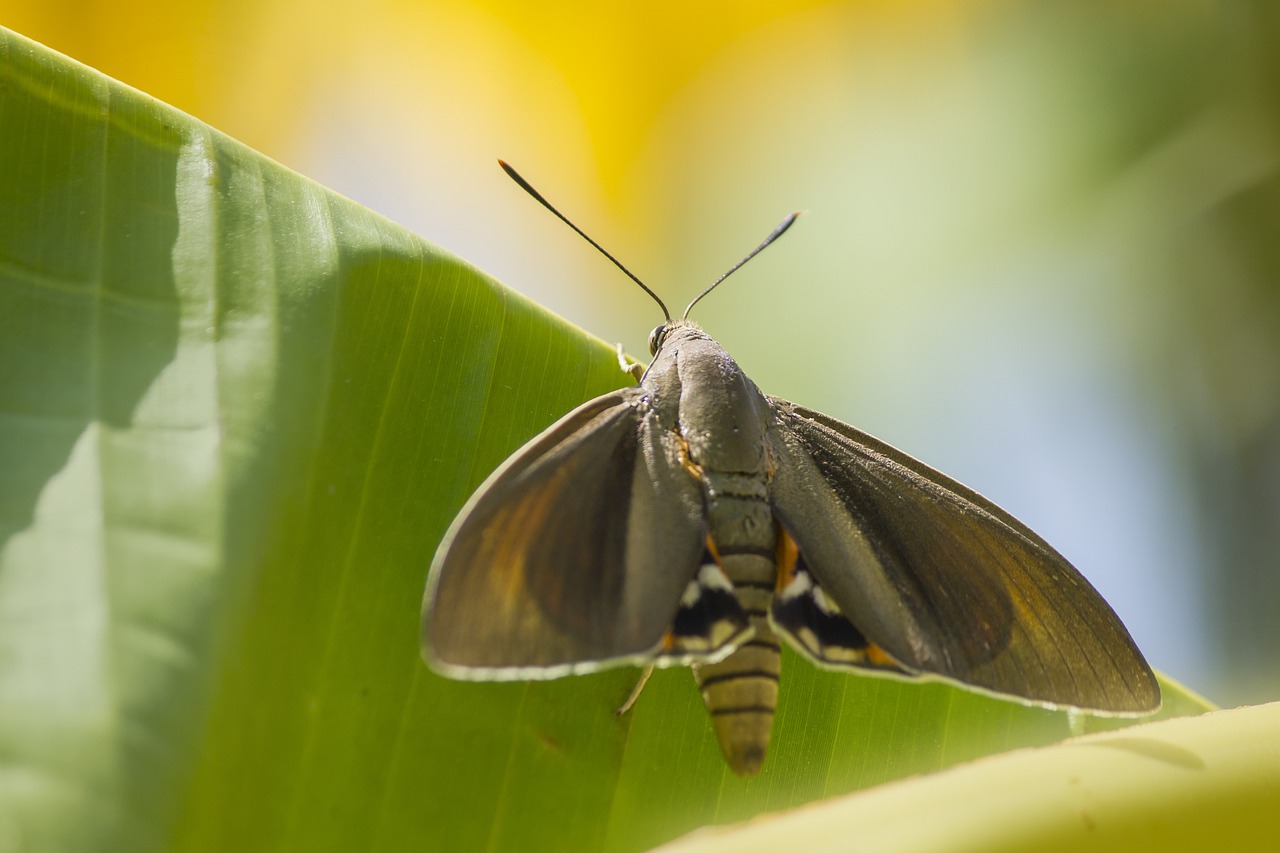Paysandisia archon, commonly known as the palm borer moth or South American palm borer, is a species of moth from the family Castniidae. Here are key details about this interesting and impactful insect:
Appearance
- Size: The palm borer moth has a wingspan of 90-110 mm (3.5-4.3 inches), making it a relatively large moth.
- Coloration: The forewings are olive or brown with white stripes, while the hindwings are strikingly red with black and white spots. This bright coloration is a warning signal to potential predators.
Habitat
- Range: Native to South America, specifically Uruguay and Argentina, Paysandisia archon has been introduced to Europe, where it is considered an invasive species.
- Environment: It predominantly affects palm trees, which serve as both food and habitat for its larvae.
Life Cycle and Behavior
- Eggs: Female moths lay their eggs on the trunks or bases of palm trees. Each female can lay up to 200 eggs.
- Larvae: The larvae are the most damaging stage of the life cycle. They bore into the palm trunks, creating extensive tunnels as they feed on the palm tissue. This can severely weaken or even kill the host palm.
- Pupation: After a lengthy larval stage, which can last several months, the larvae pupate within the palm. The adult moth emerges from the pupal case after a few weeks.
- Adults: Adult moths are primarily active during the day (diurnal) and are relatively short-lived, focusing their efforts on mating and laying eggs.
Impact
- Economic: Paysandisia archon is a significant pest of palm trees, including ornamental palms commonly used in landscaping. The damage caused by the larvae can lead to economic losses in the nursery and landscaping industries.
- Ecological: As an invasive species in Europe, it poses a threat to native palm species and can disrupt local ecosystems.
Control and Management
- Monitoring: Regular monitoring of palm trees for signs of infestation, such as holes in the trunks or frass (sawdust-like material), can help in early detection.
- Cultural Control: Removing and properly disposing of heavily infested palms can reduce the spread of the moth.
- Chemical Control: Insecticides may be used, but their effectiveness can be limited due to the larvae’s tunneling behavior within the trunk.
- Biological Control: Research is ongoing into natural predators or parasitoids that could help control the population of Paysandisia archon.
Paysandisia archon represents a significant challenge in the regions where it has become invasive, particularly in Europe. Effective management requires a combination of monitoring, cultural practices, and potential biological control methods to protect palm trees from its damaging effects.
Visited 895 times, 12 visit(s) today
Views: 1330
Subscribe to the newsletter:
